An ancient manor where a millennium of history and a medieval moat meet a swimming pool and party barn
A medieval manor that was birthplace of one of Henry V's generals, Hempnalls Hall blends fascinating history, enormous character and 21st century comfort.
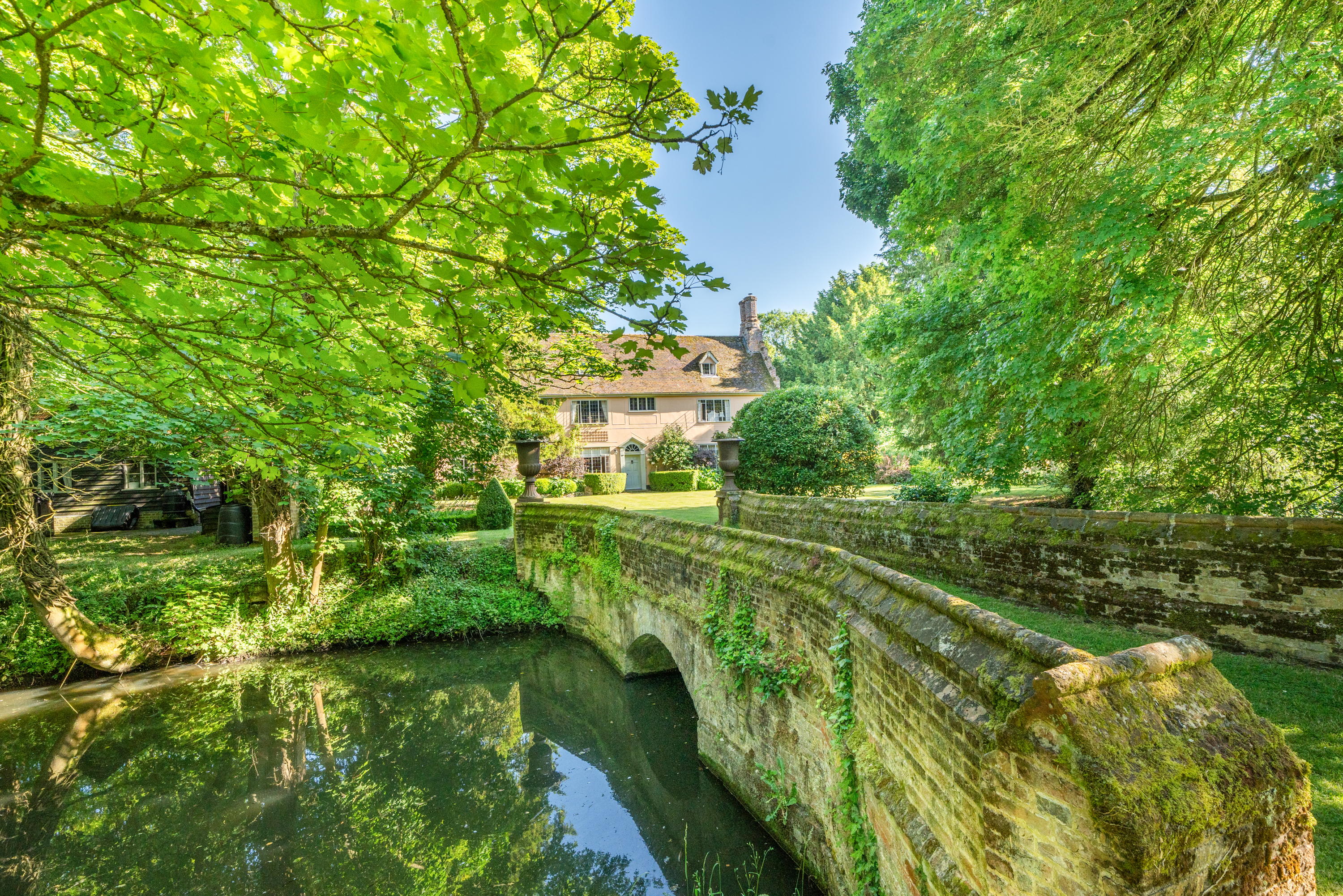

It’s always a joy to come across a manor with a great story to tell, and the enchanting Hempnalls Hall is just such a place, with a millennium of history that touches upon everyone from Henry V to Geoffrey Chaucer to Anne of Cleves. This moated manor house in mid Suffolk, for sale for the first time in 23 years, is a Grade II-listed dwelling is set in 10 acres of gardens, woodland, paddocks and flower meadows, three-quarters of a mile from the ancient village of Cotton and seven miles north of Stowmarket. Approached down the long, winding Willow Lane, Hempnalls Hall stands on a rectangular wooded island surrounded by a medieval moat thought to date from the 12th or 13th century.
Matthew Cutting of Jackson-Stops in Bury St Edmunds, Suffolk, quotes a guide price of £1.95 million.
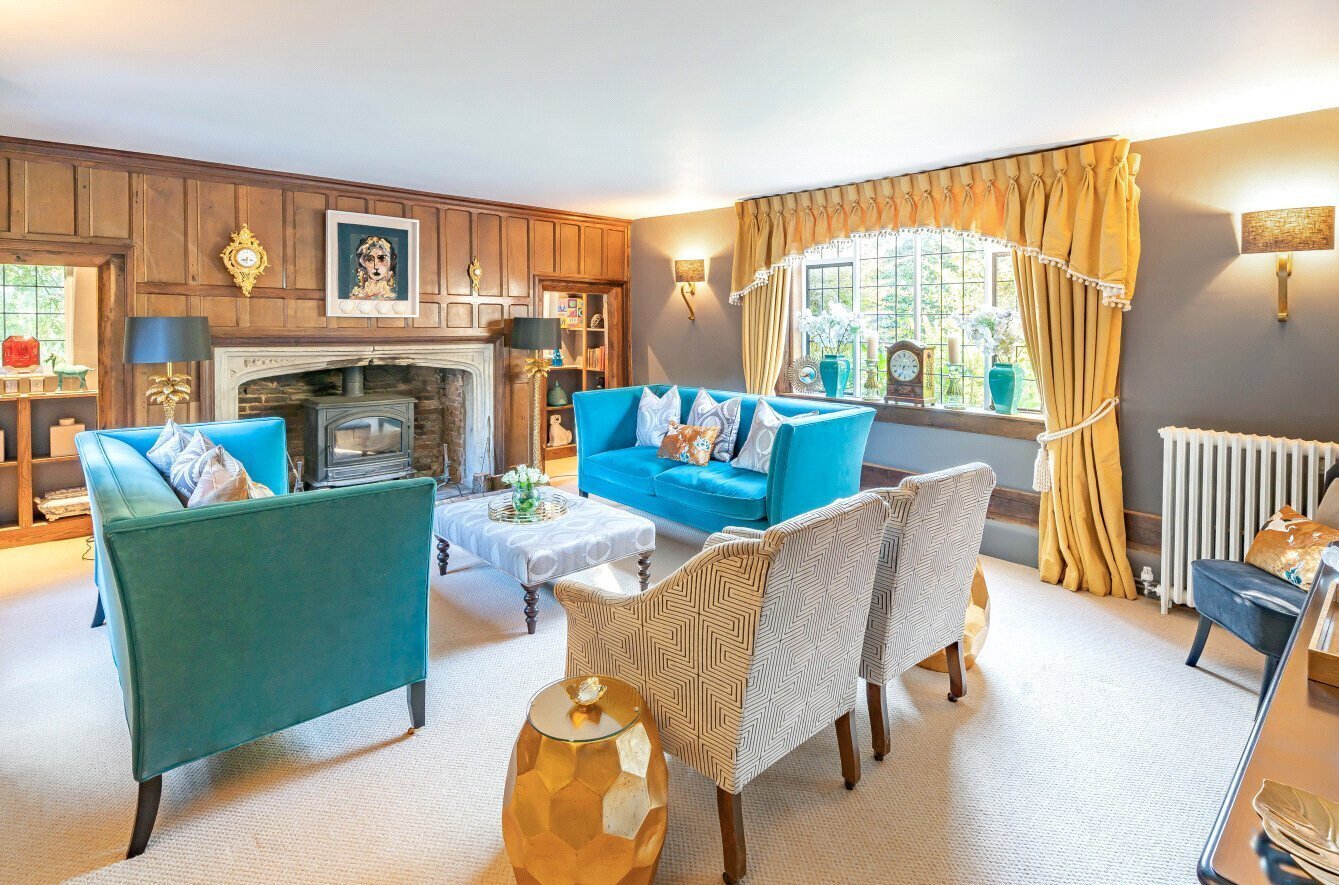
The manor has been here for a thousand years, but the home which stands today is a relative baby, at a little over four centuries old. It’s a late-16th-century manor house built, according to its Historic England listing, on two storeys with an attic and a small, 1½-storey rear wing, which replaced an earlier range that predated the present main house.
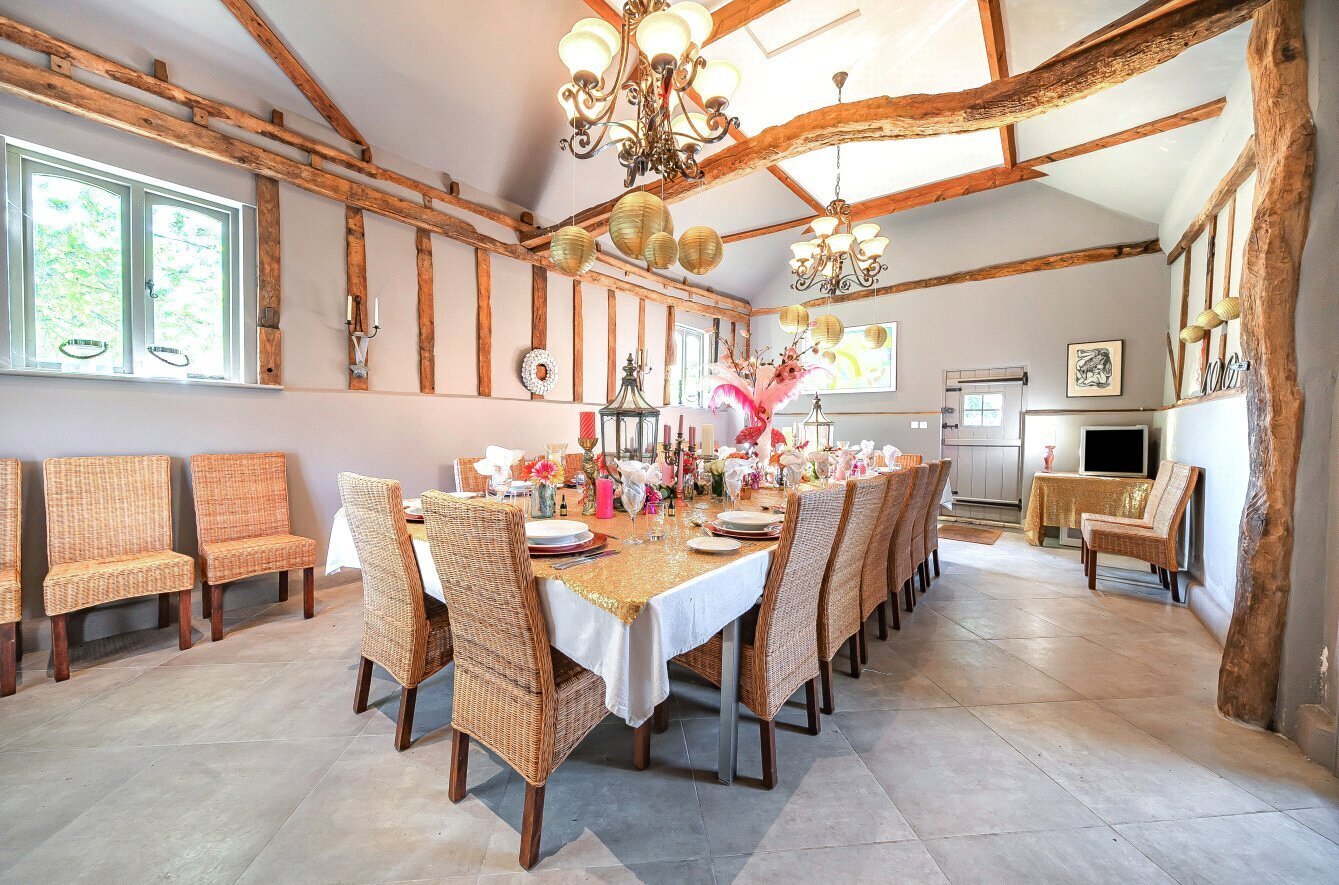
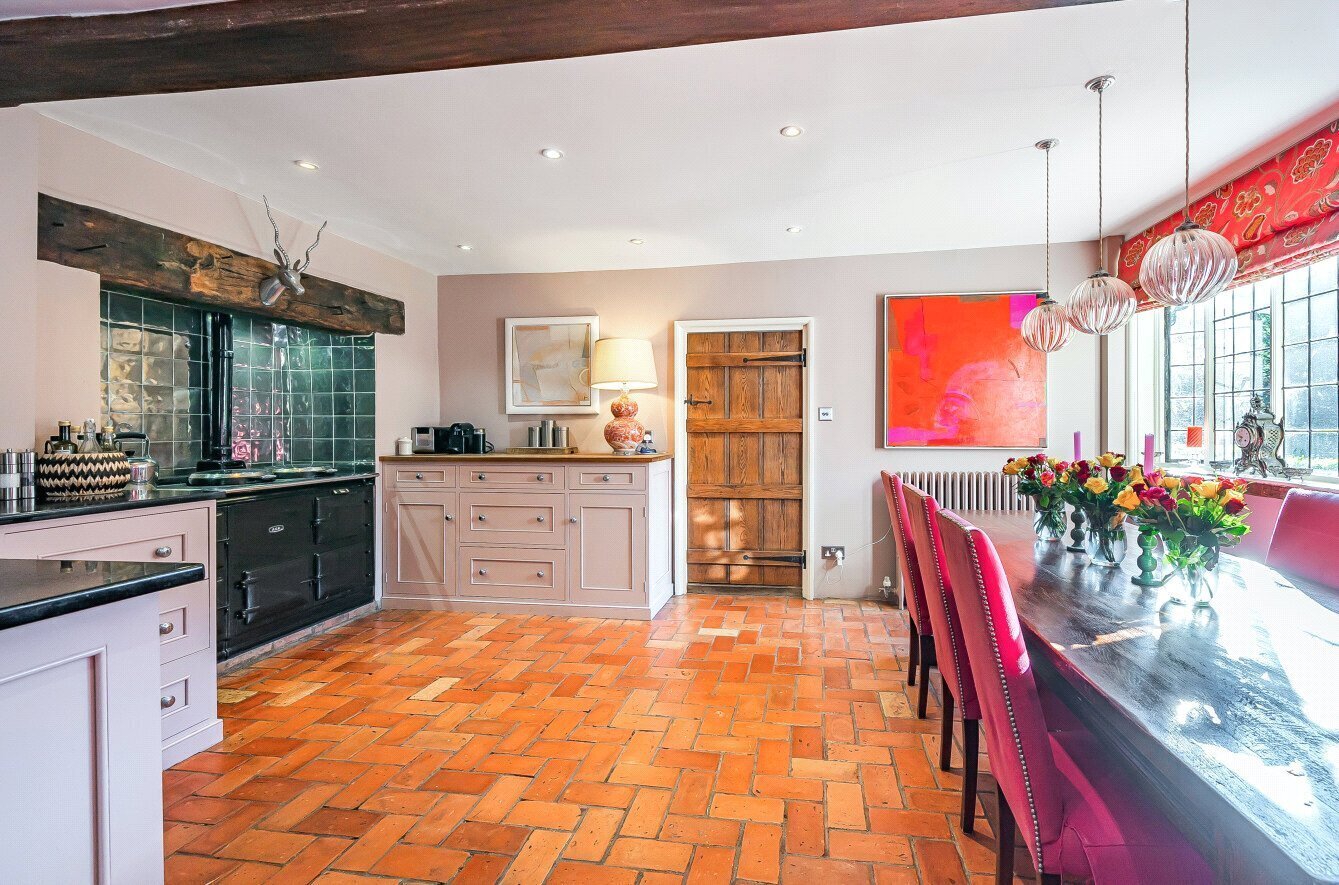
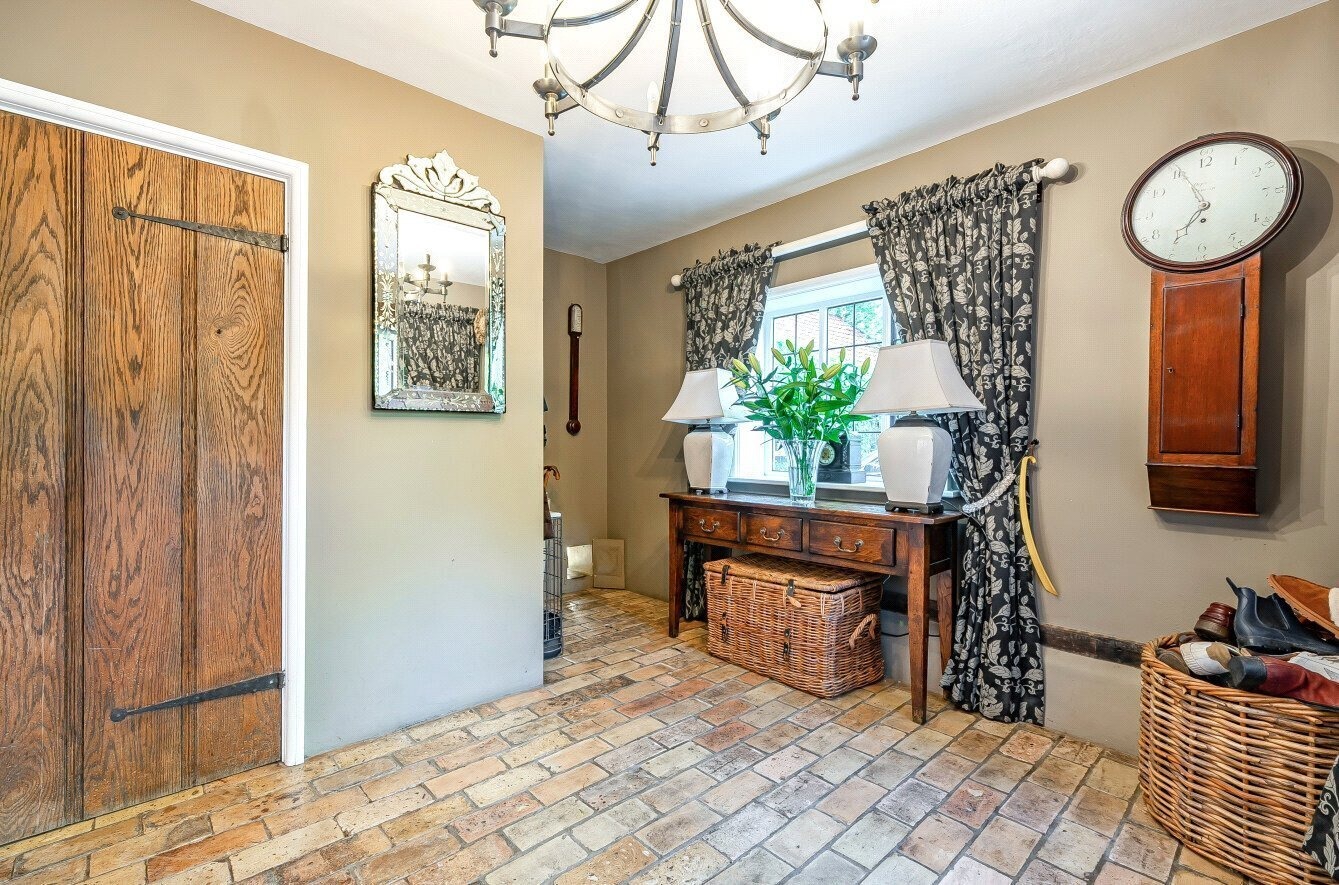
Today’s Hempnalls Hall has colour-washed rendered walls under a tiled roof, with high ceilings throughout and more than 3,500sq ft of light and cheerful living space on three floors, including entrance and rear halls, three reception rooms, a large kitchen/breakfast room, five bedrooms and three bath/shower rooms.
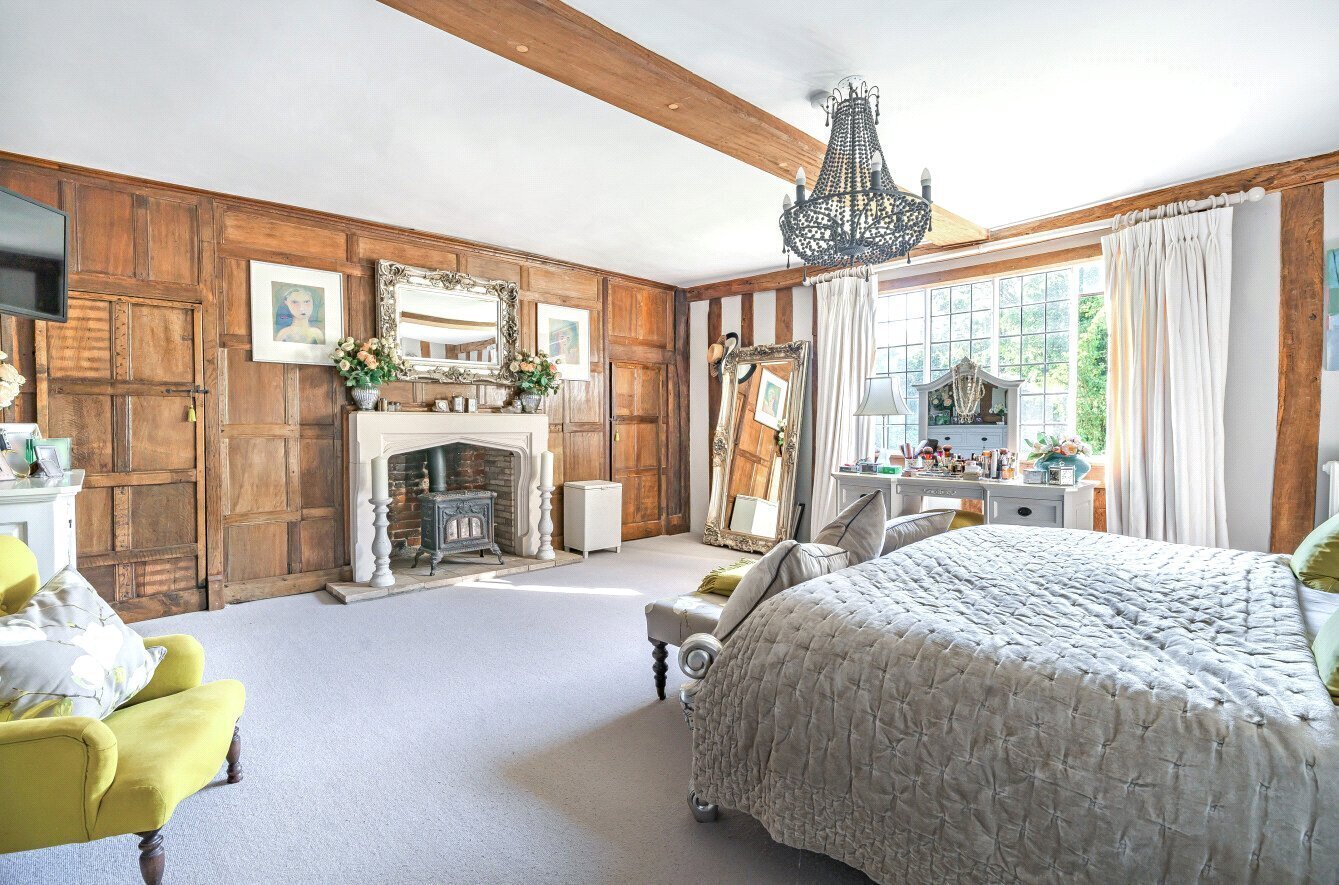
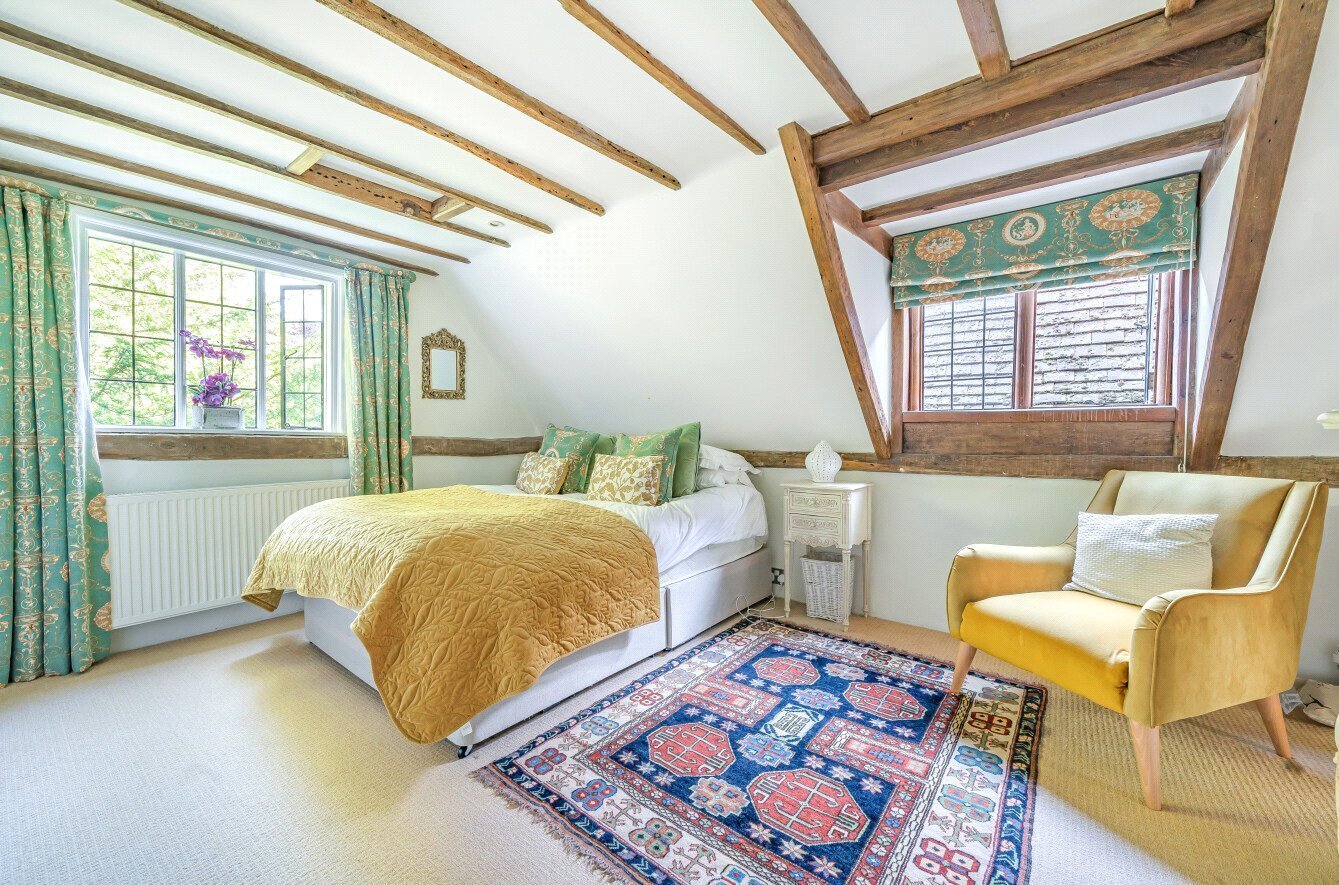
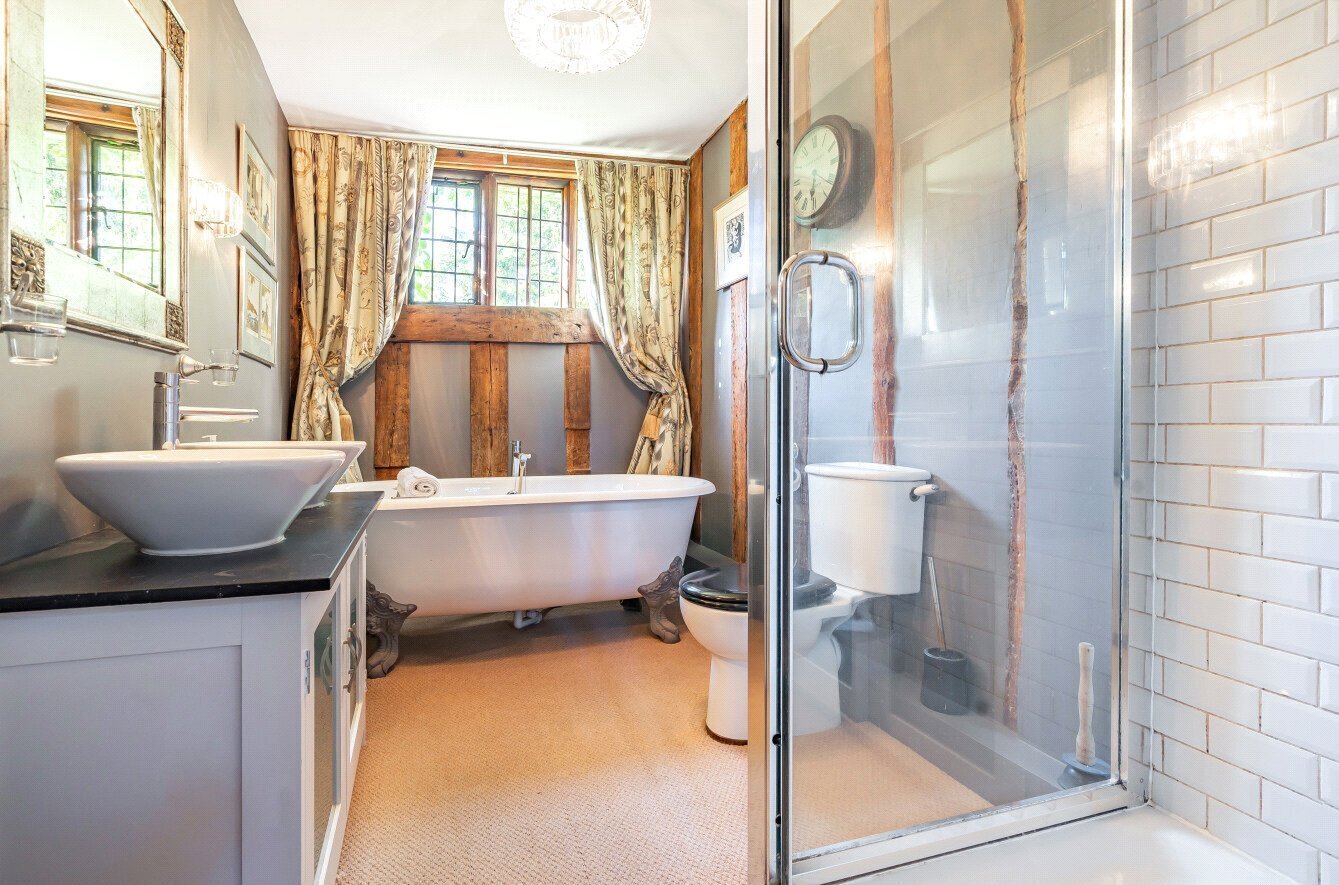
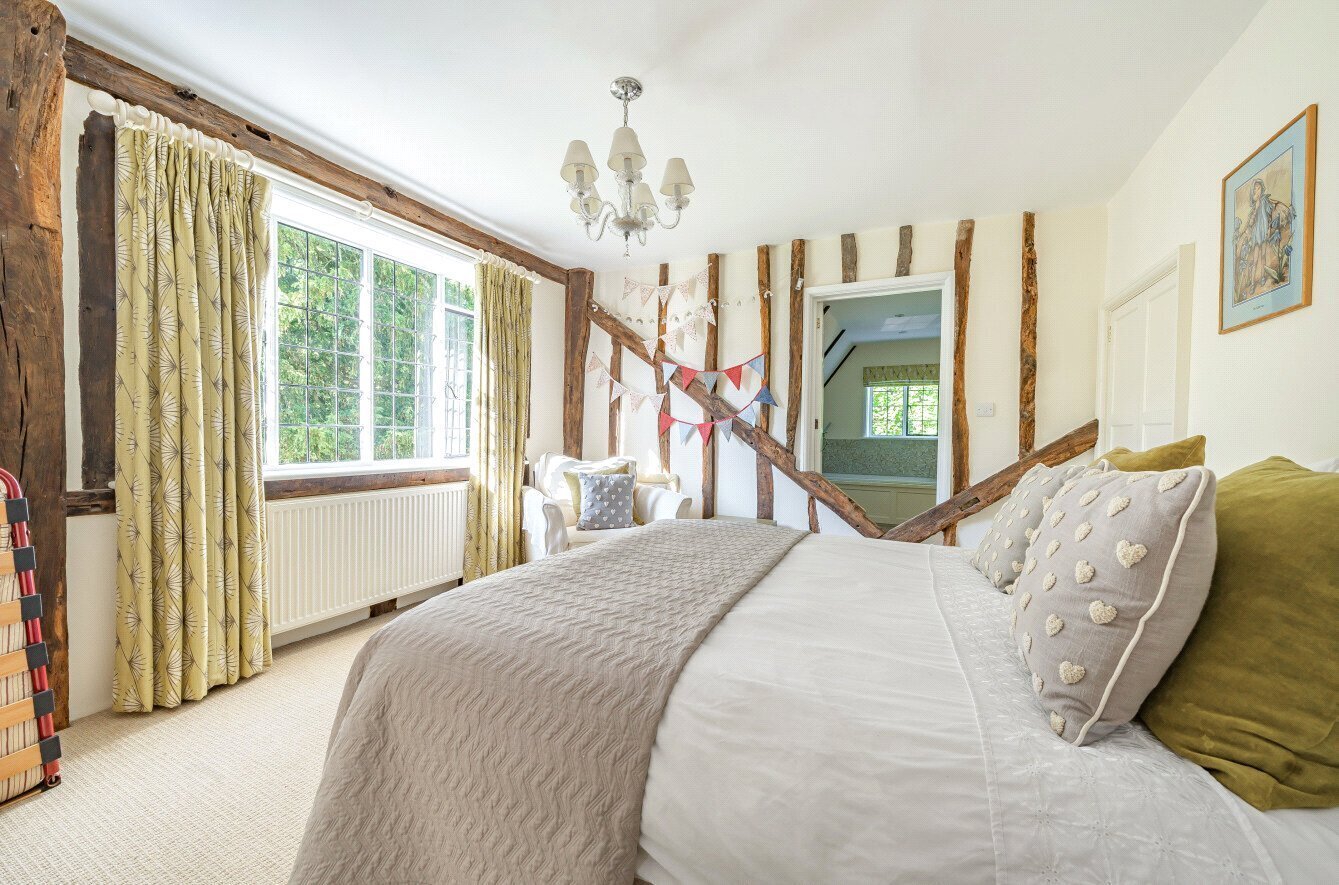
A range of outbuildings includes a one-bedroom coach-house annexe, a party barn, games room, swimming pool, garaging, a further large barn, stabling and stores.
Hempnalls Hall boasts a fine, 16th-century, crow-stepped red-brick gable end to the right, with a plain-tiled roof and a left gable end of a later date. Timber-frame and mainly plastered, the front elevation boasts fine panelled plasterwork of the 1980s.
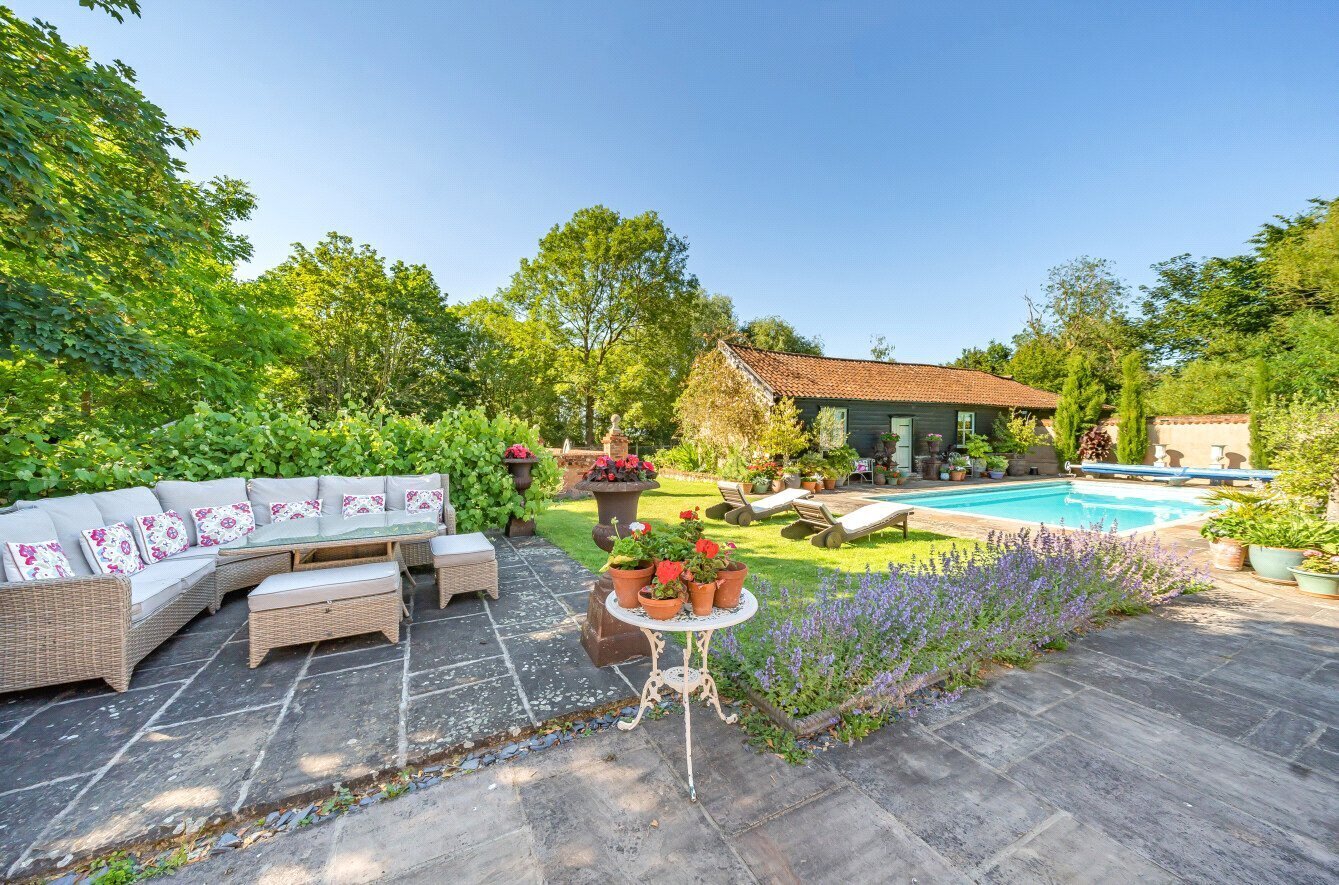
A couple of generations ago, such delights would have been hard to imagine. The house fell into a woeful state after the Second World War, but was substantially restored in the 1980s, and the current owners — who have been here since the 1990s — continued those fine efforts.
Exquisite houses, the beauty of Nature, and how to get the most from your life, straight to your inbox.
A well-researched history of the site compiled by the present owners traces Hempnalls’ origins to Domesday, when the manor of Caldecota was held by Robert Malet. By 1367, it was held by the knightly de Hemenhale family, from whom the present house takes its name. Hempnalls Hall was probably the birthplace in 1396 of William de la Pole, Duke of Suffolk, who served in Henry V’s campaigns against France. William served for many years, became a trusted general of Henry VI and married Geoffrey Chaucer’s granddaughter.
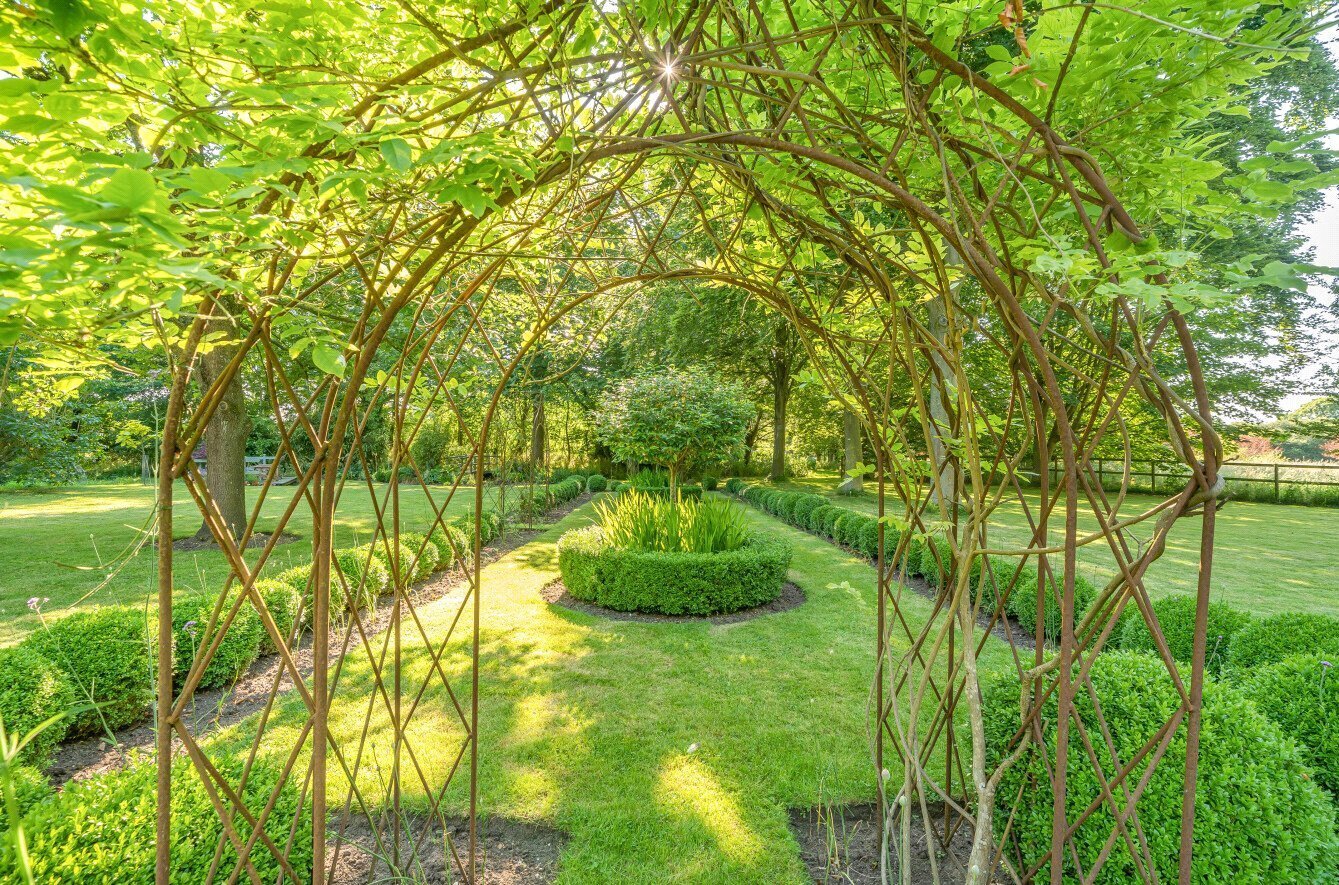
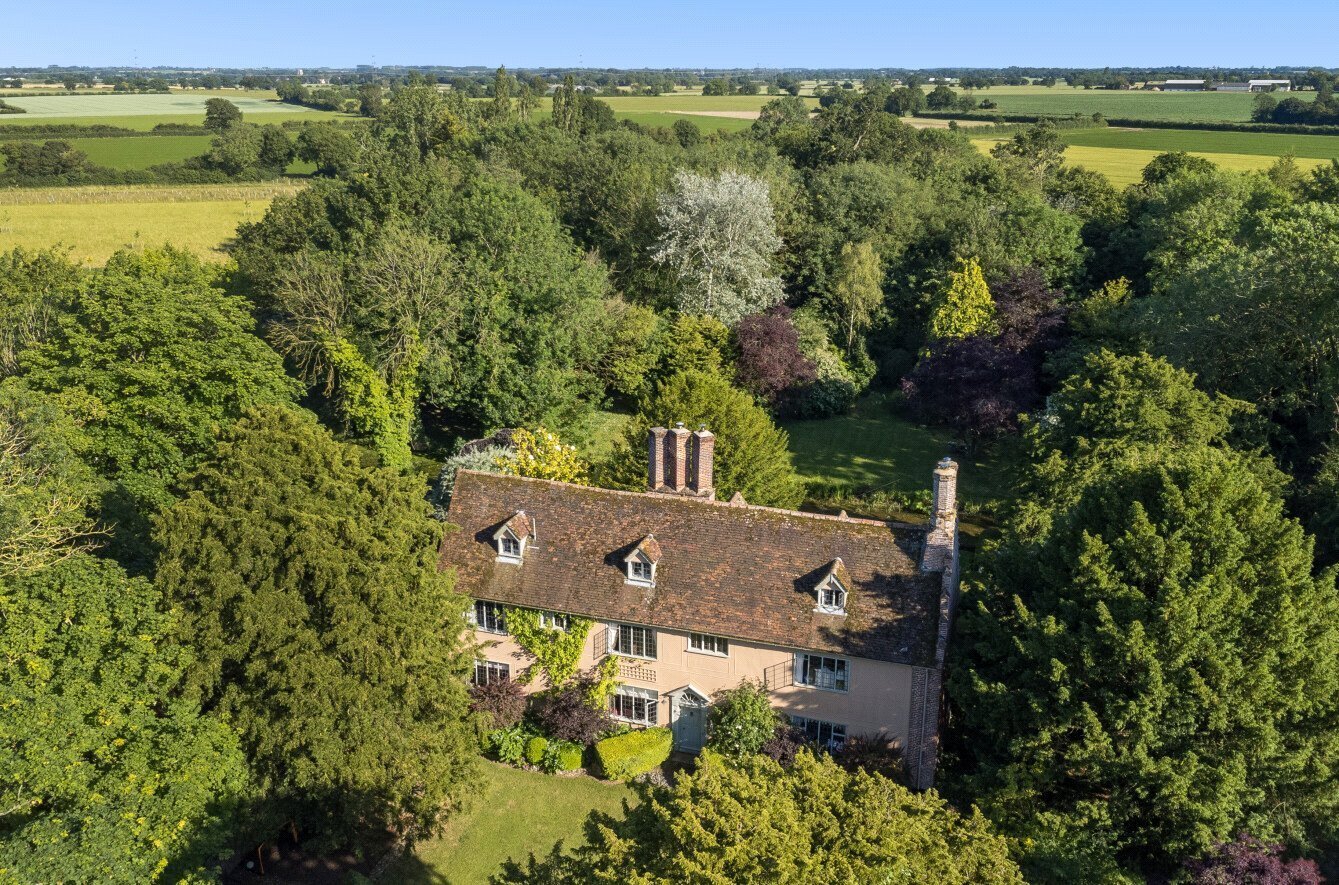
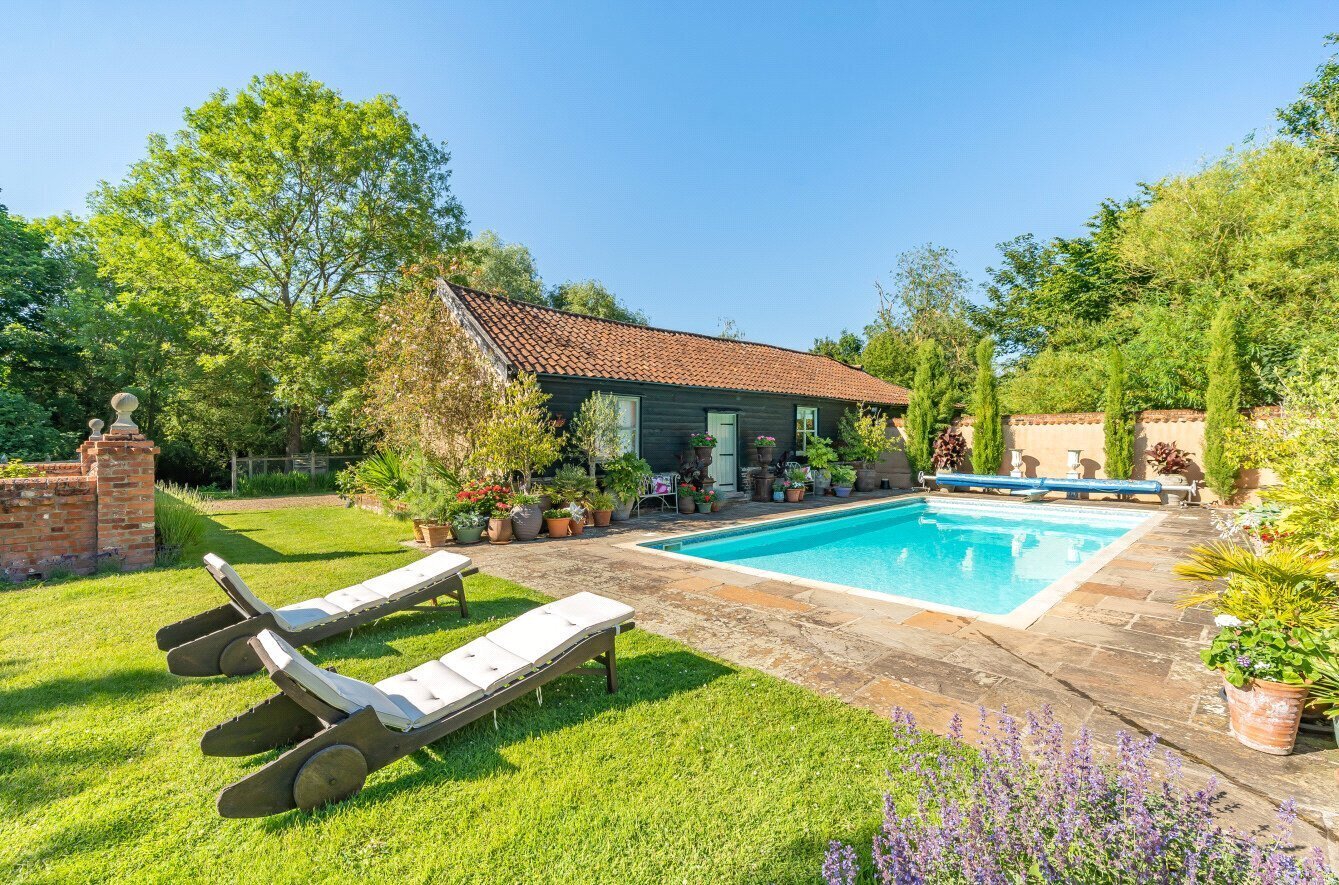
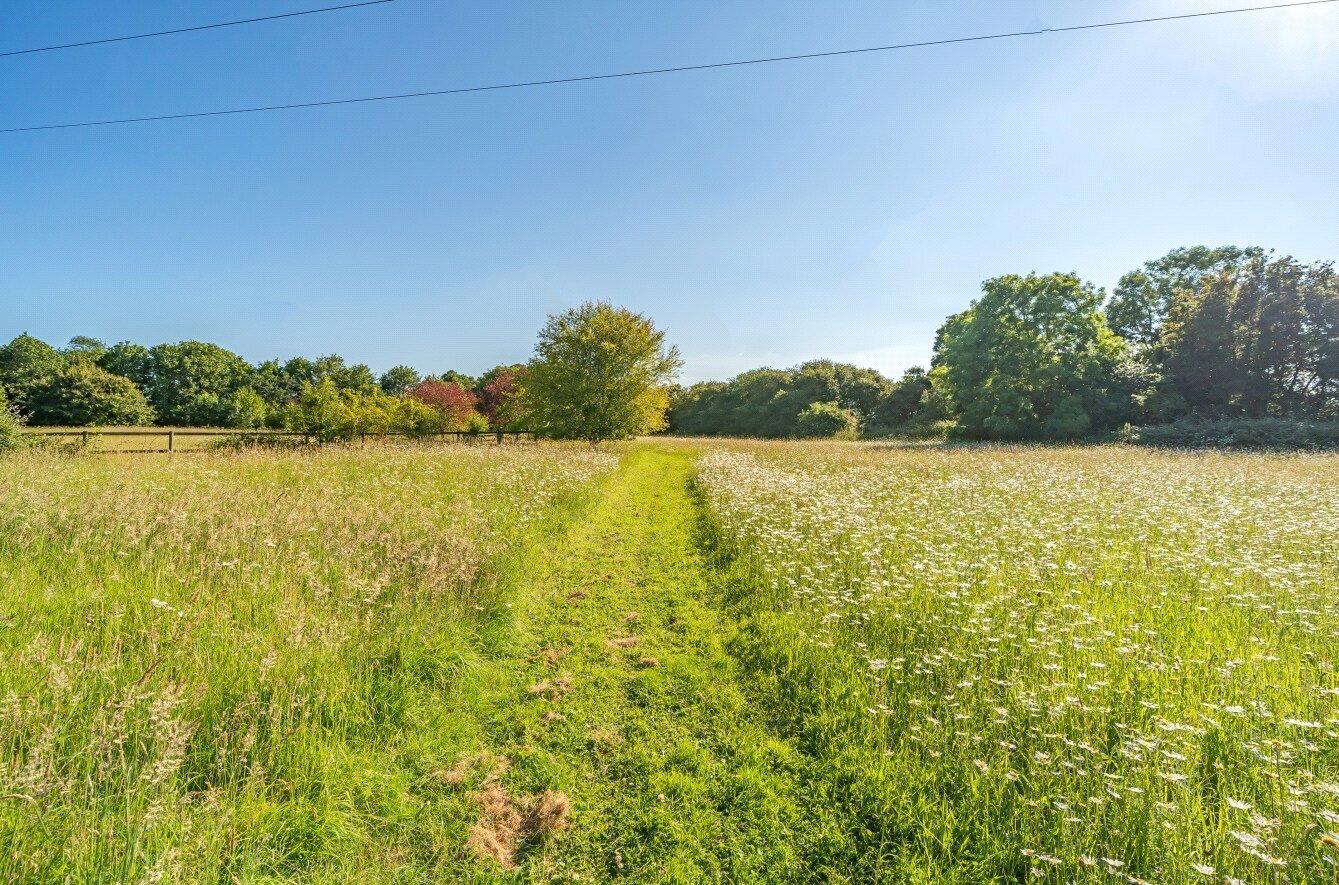
In the mid 1400s, the manor was acquired by Sir John Fastolf of Caister Castle, model for Shakespeare’s Falstaff, who spent a fortune on the upkeep of the estate and manor house. Fastolf was succeeded at Hempnalls by his cousin and rival, Sir John Paston, author of some of the Paston Letters, several of which were reputedly ‘written at Hempnalls by candlelight’.
In the early 16th century, Hempnalls was granted to Henry VIII’s brother-in-law, Sir Charles Brandon, who stripped out the manor house, removing tiles and other materials for use in his palace at Westhorpe near Bury St Edmunds.
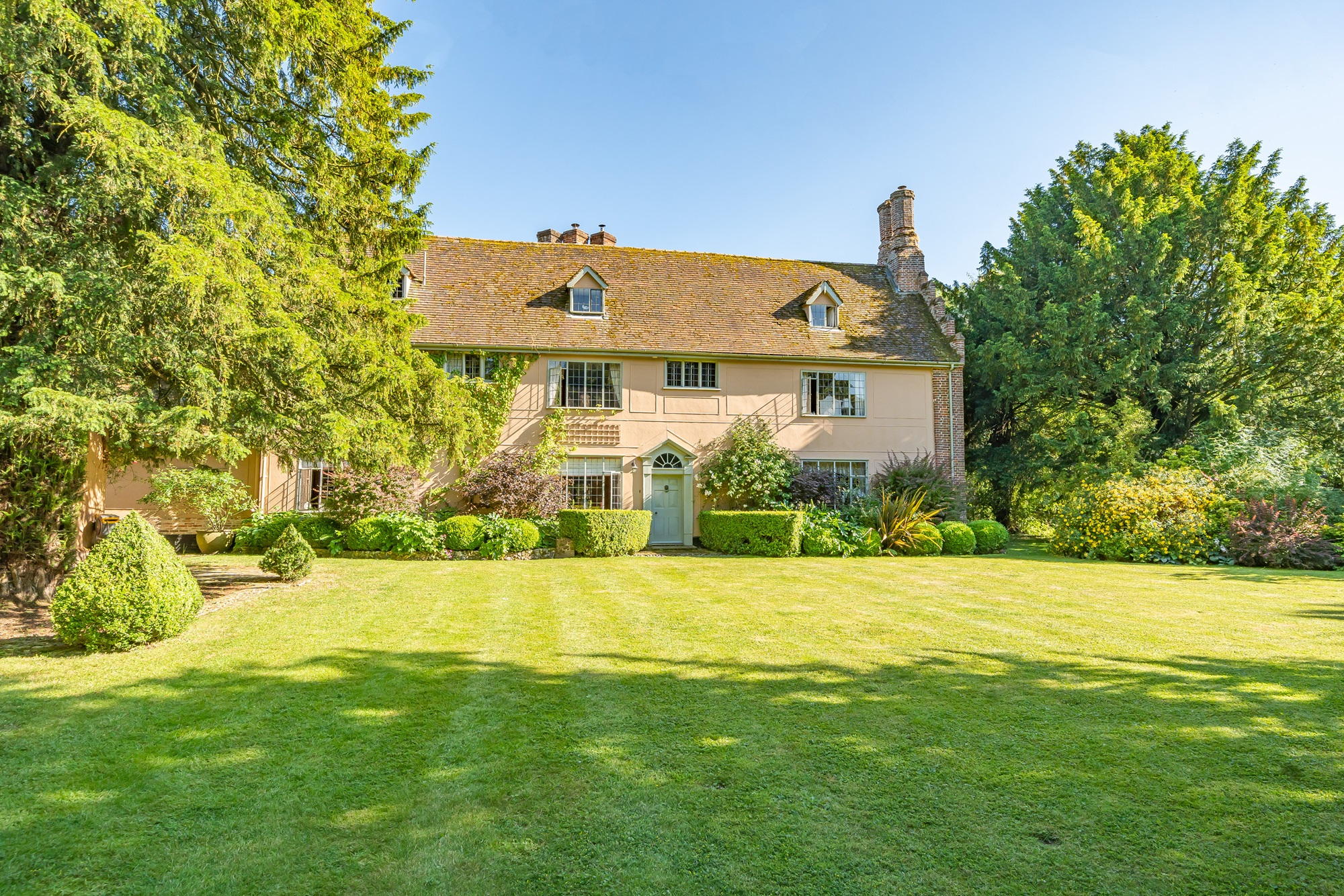
The dilapidated manor eventually became part of Henry VIII’s generous divorce settlement in favour of Anne of Cleves, who rented out the house and surrounding farmland. By 1606, the manor had passed to the Clere family who probably built the present hall.
In the 17th, 18th and early 19th centuries, Hempnalls was owned successively by the Wroth, Goate, Clarke and Matthew families, before being acquired in 1828 by Edward Venn, a London tea broker. He was succeeded by his son, also Edward, and then his grandson, Gerard, who died in 1877, after which the estate was held by trustees, who, in July 1912, offered Hempnalls Hall for sale with barns, stables, farm buildings and 196 acres of arable land. It was bought by the sitting tenant, Charles Le Grice, and sold again in July 1929 by order of Le Grice’s mortgagees.
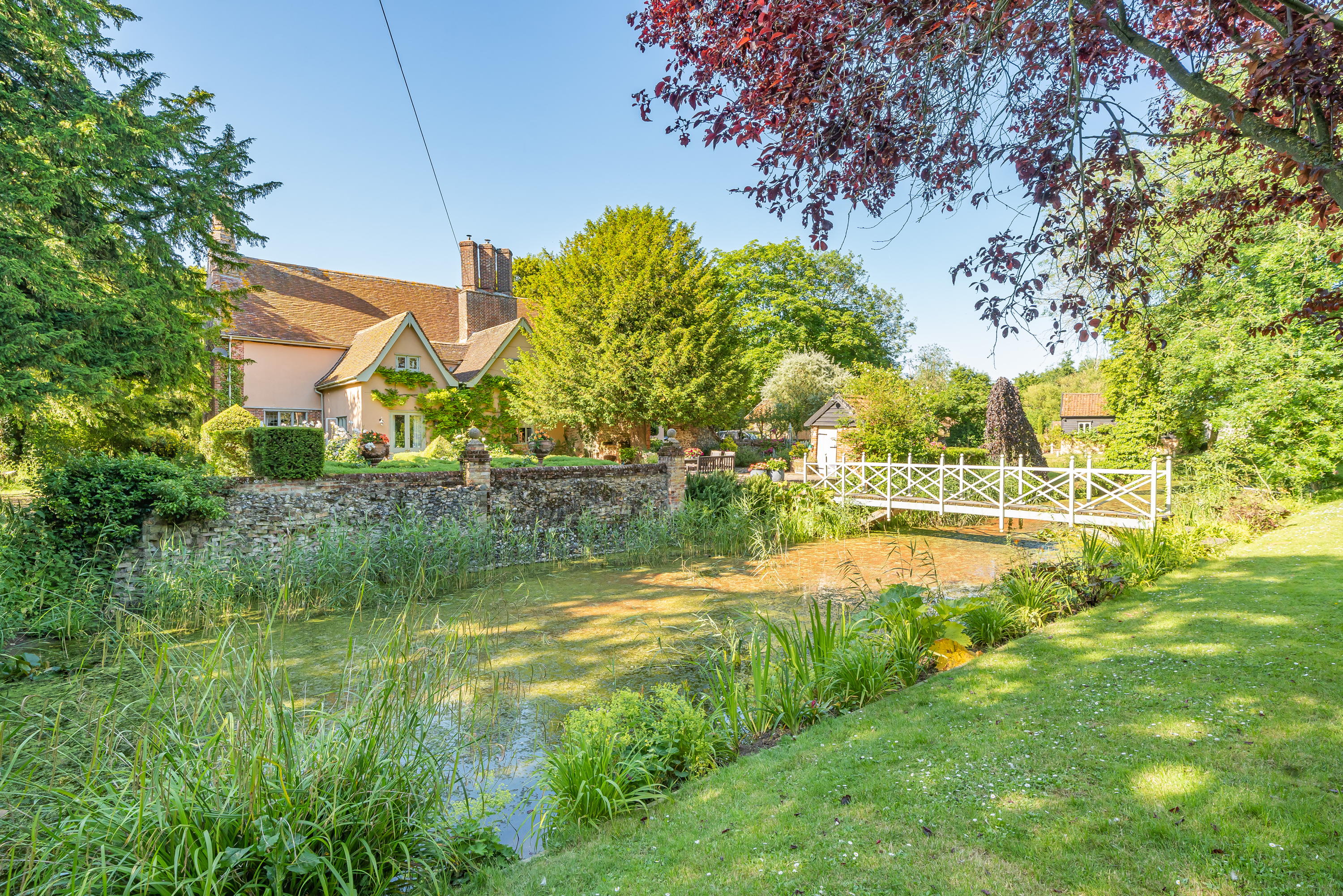
After the Second World War, the manor house became increasingly derelict and was used as a grain store for 30 years, until successive owners in the 1970s and 1980s undertook an extensive programme of restoration. The current owners acquired the property in the 1990s and have since continued the restoration of the house and grounds.
Hempnalls Hall is for sale via Jackson-Stops at £1.95 million — see more pictures and details.

